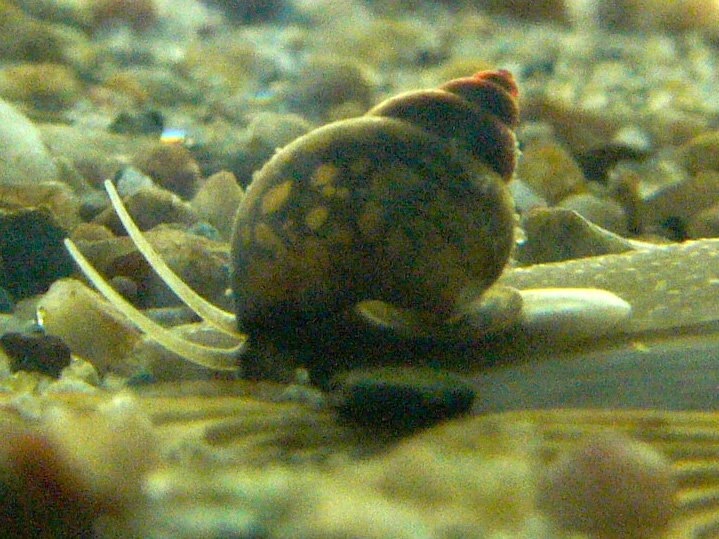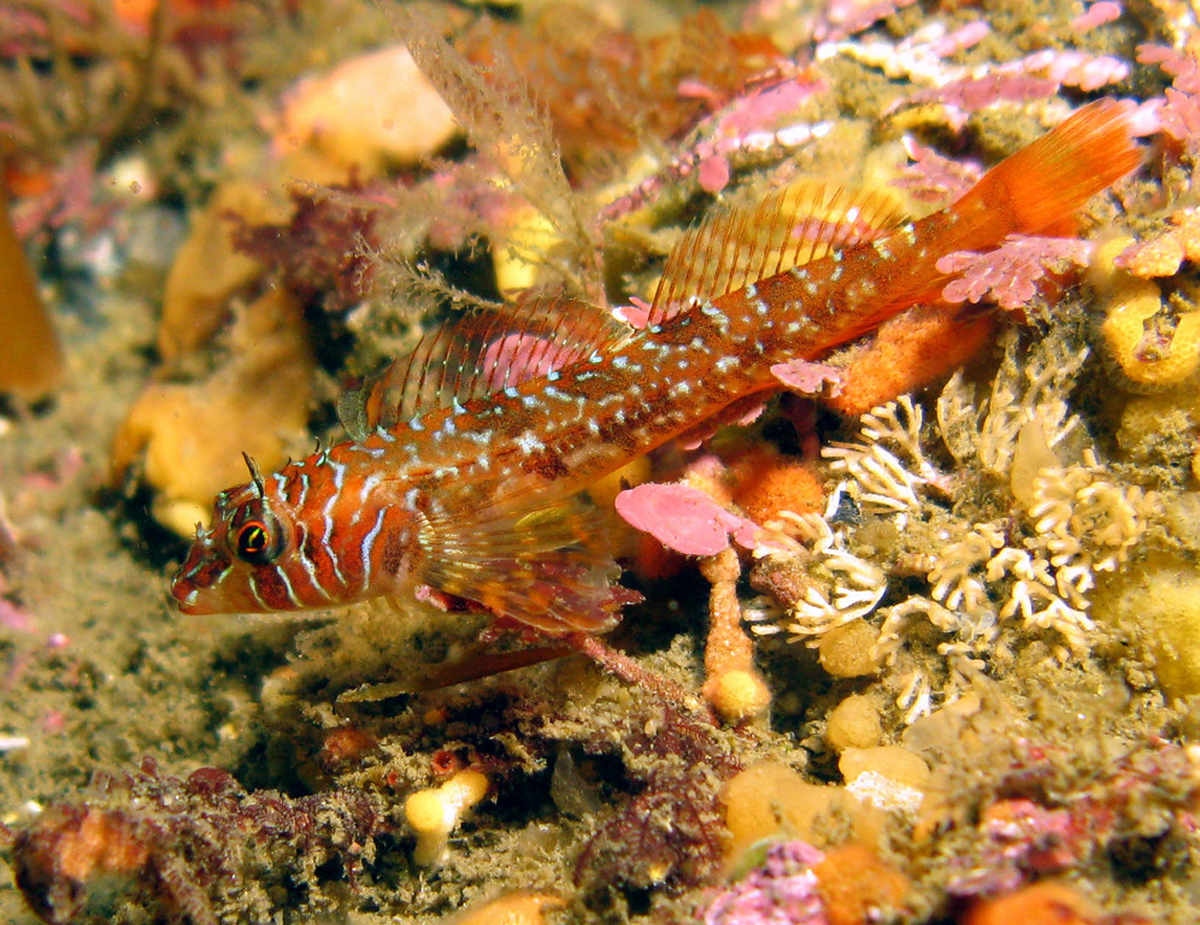|
Mexinauta
''Mexinauta'' is a genus of small, left-handed or sinistral, air-breathing freshwater snails, Aquatic animal, aquatic pulmonate gastropod mollusks in the subfamily Aplexinae of the family Physidae. MolluscaBase eds. (2021). MolluscaBase. Mexinauta D. W. Taylor, 2003. Accessed through: World Register of Marine Species at: http://marinespecies.org/aphia.php?p=taxdetails&id=1057350 on 2021-07-16 Species * ''Mexinauta aurantius'' (Carpenter, 1857) * ''Mexinauta gracilentus'' (P. Fischer & Crosse, 1886) * ''Mexinauta impluviatus'' (Morelet, 1849) * ''Mexinauta laetus'' (E. von Martens, 1898) * ''Mexinauta nicaraguanus'' (Morelet, 1851) * ''Mexinauta nitens'' (Philippi, 1841) * ''Mexinauta peruvianus'' (Gray, 1828) * ''Mexinauta princeps'' (Phillips, 1846) ;Synonyms: * ''Mexinauta aurantia'' (Carpenter, 1857): synonym of ''Mexinauta aurantius'' (Carpenter, 1857) (wrong gender agreement of specific epithet; Mexinauta is masculine") References External links * Taylor, D. W. (2003). I ... [...More Info...] [...Related Items...] OR: [Wikipedia] [Google] [Baidu] |
Mexinauta Aurantius
''Mexinauta'' is a genus of small, left-handed or sinistral, air-breathing freshwater snails, aquatic pulmonate gastropod mollusks in the subfamily Aplexinae of the family Physidae. MolluscaBase eds. (2021). MolluscaBase. Mexinauta D. W. Taylor, 2003. Accessed through: World Register of Marine Species at: http://marinespecies.org/aphia.php?p=taxdetails&id=1057350 on 2021-07-16 Species * '' Mexinauta aurantius'' (Carpenter, 1857) * ''Mexinauta gracilentus ''Mexinauta'' is a genus of small, left-handed or sinistral, air-breathing freshwater snails, Aquatic animal, aquatic pulmonate gastropod mollusks in the subfamily Aplexinae of the family Physidae. MolluscaBase eds. (2021). MolluscaBase. Mexinau ...'' (P. Fischer & Crosse, 1886) * '' Mexinauta impluviatus'' (Morelet, 1849) * '' Mexinauta laetus'' (E. von Martens, 1898) * '' Mexinauta nicaraguanus'' (Morelet, 1851) * '' Mexinauta nitens'' (Philippi, 1841) * '' Mexinauta peruvianus'' (Gray, 1828) * '' Mexinauta princeps'' (P ... [...More Info...] [...Related Items...] OR: [Wikipedia] [Google] [Baidu] |
Physidae
Physidae, common name the bladder snails, is a monophyletic taxonomic family of small air-breathing freshwater snails, aquatic pulmonate gastropod molluscs in the superfamily Lymnaeoidea .MolluscaBase eds. (2021). MolluscaBase. Physidae Fitzinger, 1833. Accessed through: World Register of Marine Species at: http://www.marinespecies.org/aphia.php?p=taxdetails&id=160452 on 2021-06-26 Overview These fresh water snails are present in aquariums and ponds, as well as in wild areas. They are commonly referred to as tadpole snails or pouch snails. They eat algae, diatoms and detritus including dead leaves. The populations are regulated by the abundance of food and space. They are widespread, abundant, and tolerant to pollution. These snails are common in the North Temperate to Arctic Zones and throughout the Americas, in readily accessible habitats such as ditches, ponds, lakes, small streams, and rivers. The family has been recognized since the 19th century, and yet there has b ... [...More Info...] [...Related Items...] OR: [Wikipedia] [Google] [Baidu] |
Genus
Genus ( plural genera ) is a taxonomic rank used in the biological classification of living and fossil organisms as well as viruses. In the hierarchy of biological classification, genus comes above species and below family. In binomial nomenclature, the genus name forms the first part of the binomial species name for each species within the genus. :E.g. '' Panthera leo'' (lion) and '' Panthera onca'' (jaguar) are two species within the genus ''Panthera''. ''Panthera'' is a genus within the family Felidae. The composition of a genus is determined by taxonomists. The standards for genus classification are not strictly codified, so different authorities often produce different classifications for genera. There are some general practices used, however, including the idea that a newly defined genus should fulfill these three criteria to be descriptively useful: # monophyly – all descendants of an ancestral taxon are grouped together (i.e. phylogenetic analysis should c ... [...More Info...] [...Related Items...] OR: [Wikipedia] [Google] [Baidu] |
Freshwater Snail
Freshwater snails are gastropod mollusks which live in fresh water. There are many different families. They are found throughout the world in various habitats, ranging from ephemeral pools to the largest lakes, and from small seeps and springs to major rivers. The great majority of freshwater gastropods have a shell, with very few exceptions. Some groups of snails that live in freshwater respire using gills, whereas other groups need to reach the surface to breathe air. In addition, some are amphibious and have both gills and a lung (e.g. '' Ampullariidae''). Most feed on algae, but many are detritivores and some are filter feeders. According to a 2008 review of the taxonomy, there are about 4,000 species of freshwater gastropods (3,795–3,972). At least 33–38 independent lineages of gastropods have successfully colonized freshwater environments. It is not possible to quantify the exact number of these lineages yet, because they have yet to be clarified within the Ce ... [...More Info...] [...Related Items...] OR: [Wikipedia] [Google] [Baidu] |
Aquatic Animal
An aquatic animal is any animal, whether invertebrate or vertebrate, that lives in water for most or all of its lifetime. Many insects such as mosquitoes, mayflies, dragonflies and caddisflies have aquatic larvae, with winged adults. Aquatic animals may breathe air or extract oxygen from water through specialised organs called gills, or directly through the skin. Natural environments and the animals that live in them can be categorized as aquatic (water) or terrestrial (land). This designation is polyphyletic. Description The term aquatic can be applied to animals that live in either fresh water or salt water. However, the adjective marine is most commonly used for animals that live in saltwater, i.e. in oceans, seas, etc. Aquatic animals (especially freshwater animals) are often of special concern to conservationists because of the fragility of their environments. Aquatic animals are subject to pressure from overfishing, destructive fishing, marine pollution, hunting, ... [...More Info...] [...Related Items...] OR: [Wikipedia] [Google] [Baidu] |



